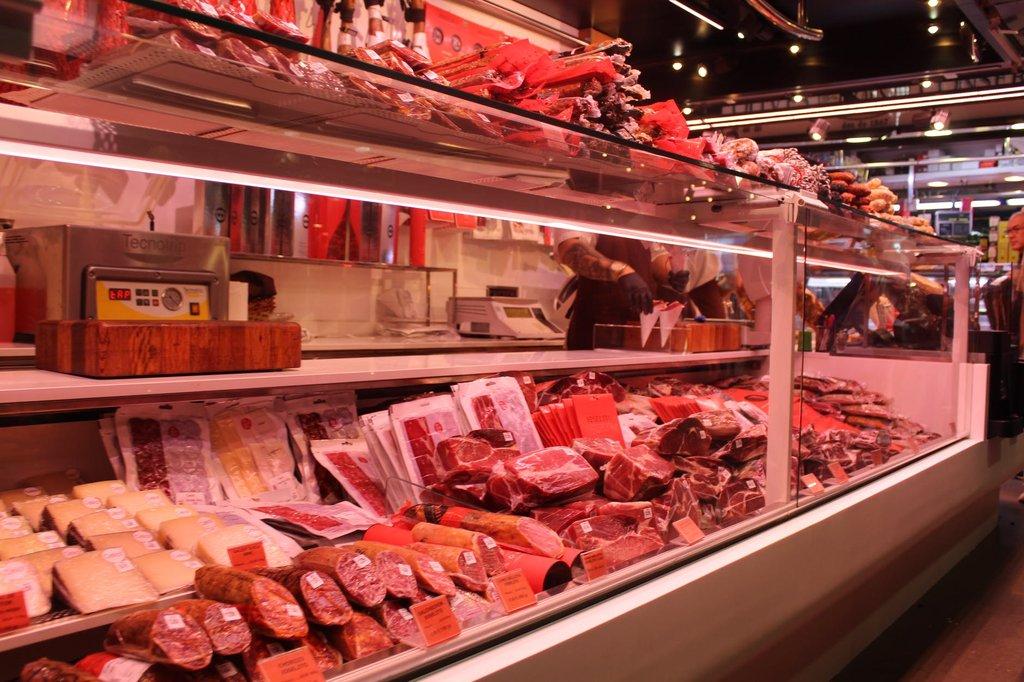Packaging Labels In The Online Meat Delivery Industry
A few days back, IoTReady was met with a huge meat shipment. The meat ranged from chicken to fish, marinated to non-marinated, meat ready to cook or fry to plain ch

A few days back, IoTReady was met with a huge meat shipment. The meat ranged from chicken to fish, marinated to non-marinated, meat ready to cook or fry to plain chicken curry cuts – there was a bit of everything.
The aim of ordering different varieties of meat from different vendors was to find a pattern in their labelling systems – the material of their labels, how they design their barcode numbers, the information they print on each label, etc.
The Licious packages had white labels on them with the use-by date, PLU number (Price Look-Up number), and the weight or number of pieces (depending on the type of product). It was further found that the non marinated products had the exact weight, for example, 512 grams instead of the round figure of 500 grams while marinated items that were ready to cook had only the rounded off figure.
With a little investigation, we realised that the label used was a paper label. Usually, vendors use a plastic label for meat SKUs to protect the labels from the water droplets formed during the constant freezing and thawing the item has to undergo during storage. However, this label was a paper label with a thin plastic coating. This was when it struck us. The label was printed using a standard retail-style weighing scale with an integrated label printer.
As is required, the items also had labels that read the ingredients, nutritional information, and manufacturing details. It was either printed on a vinyl transparent label or directly onto the package – implying that vendors are maintaining SKU specific packaging. Must be quite the hassle with 500+ SKUs!
Next, we went on to examine the barcode on the label. It had a 17-digit number to identify it. The first six digits represented the PLU number of the ordered item. The following five digits held the weight/ number of pieces of the item ordered, and the last 6 digits represented the use-by date. This is again fairly standard practice we have observed with other ecommerce players too – of course with vendor-specific reordering of data and resultant interoperability issues if any changes are made or desired.
Fipola and TenderCuts seem to be following the same labeling system, i.e using grocery labels to print the exact weight. But on checking the prices charged, we found that it wasn’t weight-specific but rather decided according to the rounded-off weight displayed while checking out. We believe that variable pricing will come to the meat industry soon too – as is already common in the F&V sector.
We know that margins in the online meat delivery business are extremely low, touching only about 5-6%. Any company needs high gross margins to survive. We believe that a fair bit of this margin can be found through operational efficiencies. Moving from double labelling to a single plastic label, variable pricing by charging for the exact weight and improving inventory audits are some easy ways to make this happen.
If you would like to reduce waste by 2-3%, save 6+ hours/week and simplify inventory monitoring, write to tej@iotready.co or call +91 74119 67890 to schedule a demo. We guarantee measurable results on day 1 and RoI within weeks!